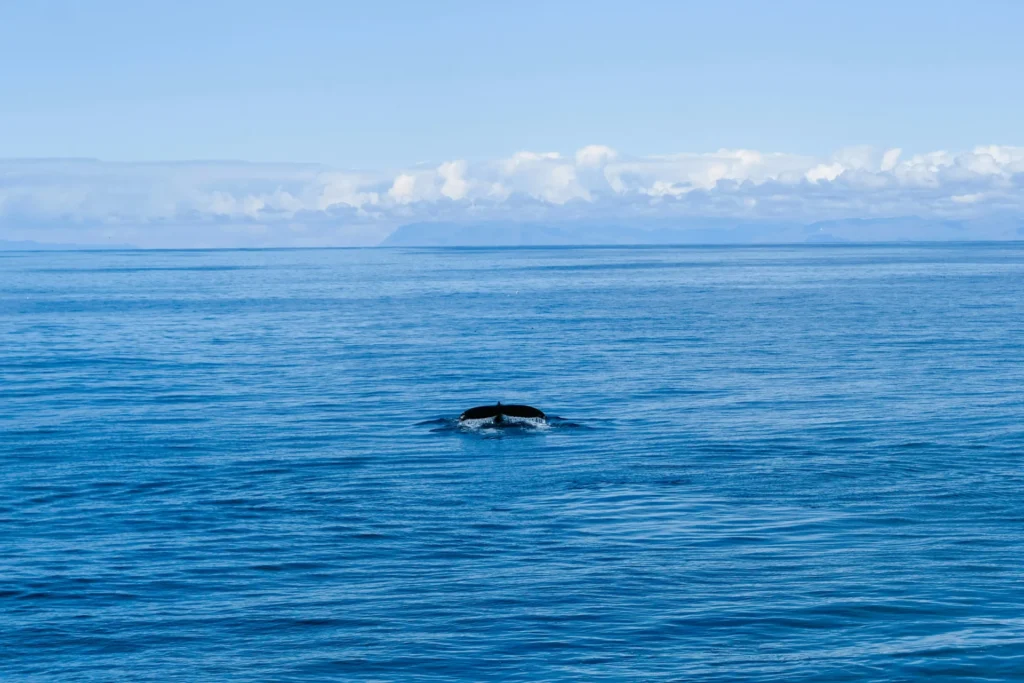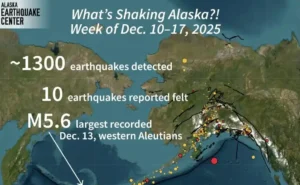Scientists and Native communities have discovered dangerous algal toxins in whales, revealing alarming signs of climate-driven changes in Arctic ecosystems. A long-term study has revealed alarming levels of algal toxins in Alaskan bowhead whales, pointing to a direct link between warming oceans and Arctic food chain disruption.
Over 19 years, researchers collected fecal samples from 205 bowhead whales hunted by Alaska Native communities for subsistence. A recent study found that at least half of the whales sampled carried saxitoxin, a neurotoxin from harmful algal blooms.
These toxins, which can cause deadly selfish poisoning in humans, are now present even in Arctic marine life. Scientists also detected domoic acid, another neurotoxin linked to memory loss and seizures.
Researchers from NOAA University of Alaska Fairbanks and the North Slope Borough worked closely with 11 whaling communities. They used instruments placed in the Beaufort Sea to monitor water temperatures, confirming a clear relationship between warmer and higher toxin levels.
Whales are considered sentinel species due to their filter-feeding behavior, scooping up krill and tiny organisms that may carry harmful toxins. With Arctic waters warming nearly four times faster than the global average, algal blooms are thriving and producing more toxins.
More sunlight reduces sea ice, and expanding open water zones contribute to this dangerous trend. Saxitoxin appeared in 44% to 100% of fecal samples, while domoic acid ranged from 0% to 100%. Though the study found no immediate human health risk, scientists remain concerned.
Looking ahead, the research team plans to expand its study to walruses and other food species. The rise of algal toxins in bowhead whales highlights the critical impact of climate change on Arctic health.












